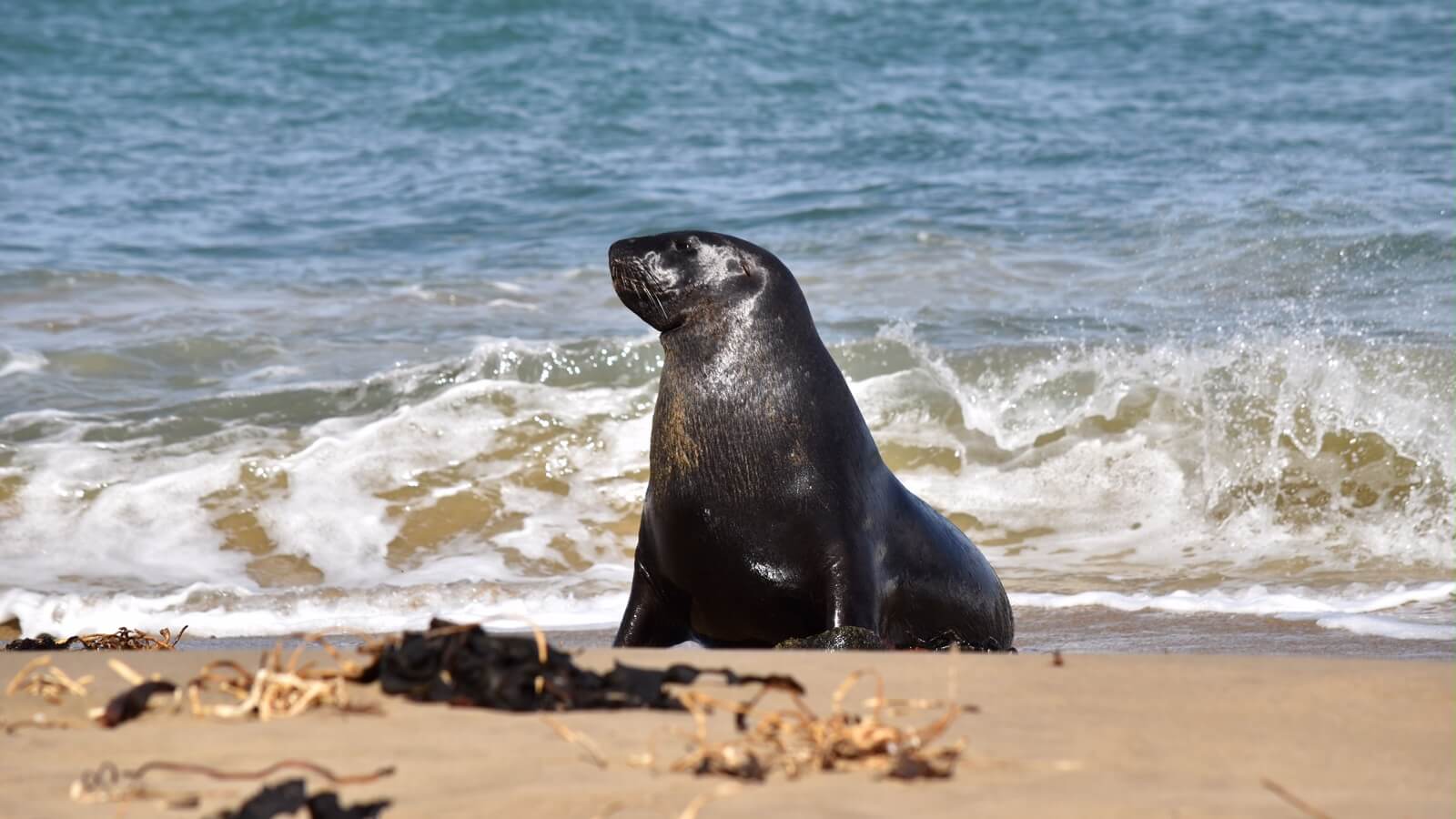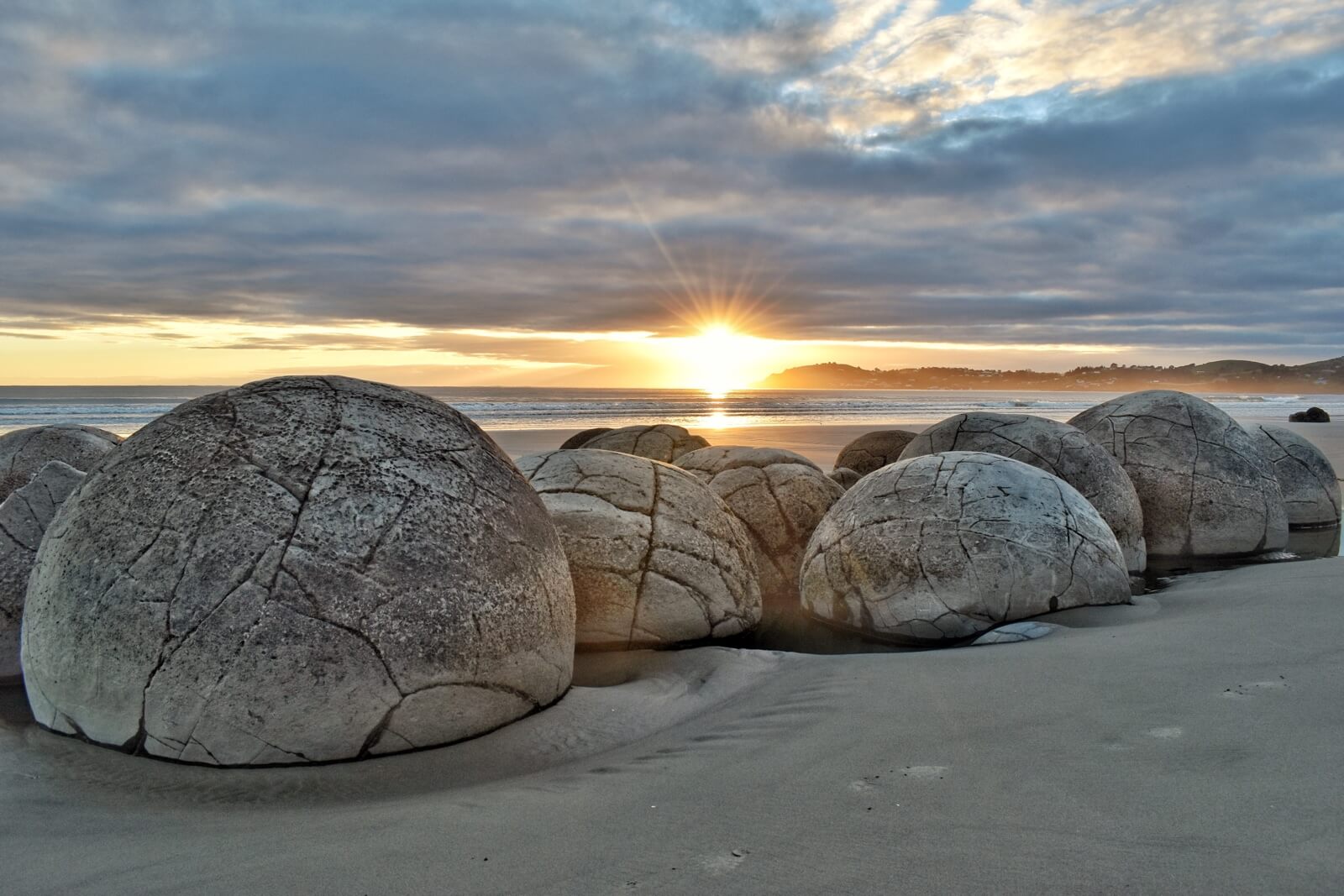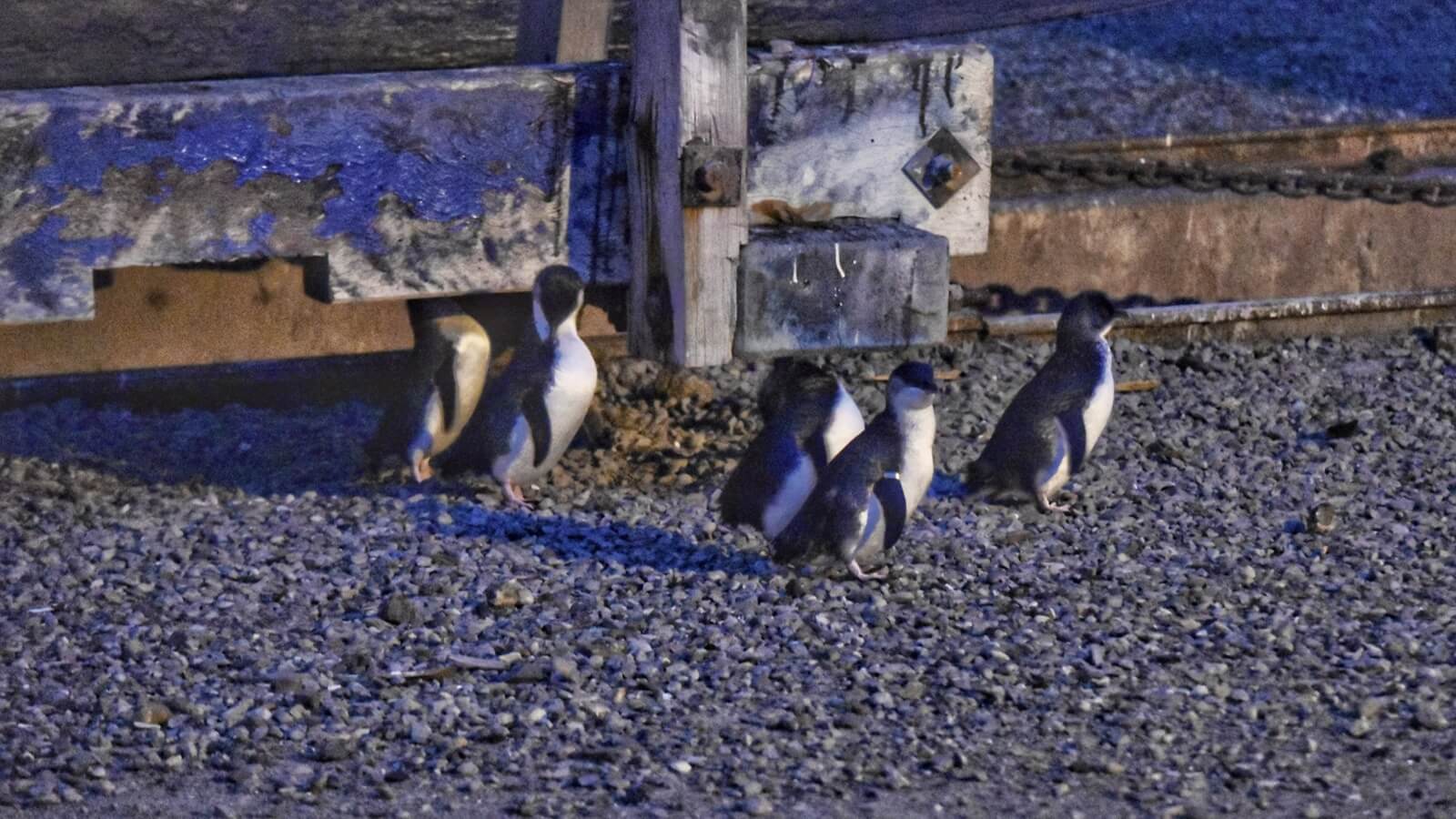With 10 days rest between multi-day hikes in the South Island's scenic south west, we headed to a part of the country that's more associated with seals and Scots than sightseers and sandflies.
Visitors to New Zealand who are in a rush don't often make it to the southernmost points of the South Island, but enough Kiwis had told us about the highlights to be found that we decided it'd be worth a visit. From Fiordland we set off towards Invercargill, a city which even the Lonely Planet describes only as satisfying ‘all key requirements as a pit-stop’ while also pointing out that Keith Richards once called it the ‘arsehole of the world’.
Travelling south-east, the sandflies quickly disappeared, but the winds picked up drastically. There were times on the road where our campervan got suddenly blown towards the oncoming traffic. This far south in the world there are only two landmasses - the southern tip of South America and New Zealand. This means that strong winds build over miles of open ocean and hit the south coast, which isn't shielded by west coast mountains like places further north on the South Island.

Thankfully we got through without incidents because there was a lot to explore. From Invercargill the coast that winds its way east and then north to Dunedin and beyond is home to a number of endangered species, including sea lions, penguins and seals. These feed in the water, but come to the coastline's beaches and rocky coves to sleep and breed. Our first stop on the trail was Waipapa point, home to a lighthouse and sometimes to sea lions.
As we parked at Waipapa the van rocked from side to side in the wind, and there were some pretty sinister looking grey clouds overhead. We went to the beach but couldn't see any sea lions, only rocks, before running back to shelter as the heavens opened. This formed a pattern for our time in the south: the weather would be beautiful, then the wind would blow in some dark clouds, it would rain and somewhere between 10 minutes and an hour later it'd be sunny again. After some lunch in the van we went back to the beach, where some tourists seemed to have gathered around one of the rocks. And then it moved. It turns out that sea lions are both quite well camouflaged and quite good at sleeping.

Other animals were not hiding in plain sight but just not there. The Lonely Planet makes Curio Bay sound like it'd be crawling in yellow eyed penguins around sunset, but only two showed up in about 90 minutes. According to a volunteer ranger there are only three pairs living there now, where there were five the year before and nine the year before that. He was there to ensure people would only watch the penguins from a distance and not get so close to them or their nests as to disturb what are one of the most endangered species of penguins in the world for the sake of an Instagram shot.
A lot more reliable and approachable are the beautiful rock formations on the South Coast. Cathedral Caves forms a high arching tunnel in a V-shape into the cliff and back out to the beach. We were lucky enough to be the first ones there, so we could imagine having discovered this gem ourselves. We only left when we were surrounded by children and a woman with headphones who took the cathedral thing literally and started loudly singing and swaying.

We weren't sure if we'd have waterfall fatigue after Milford Sound, but McLean and Purakaunui Falls both impressed us with their multiple layers. Back on the coast, Nugget Point juts out into the pacific and holds a lighthouse towering over some pretty deadly looking rocks. A bonus activity is spotting the seals navigate their rocky home. The Moeraki Boulders look like alien eggs discarded on the beach, some of which even appear to have hatched.
When we ran out of rocks to find we headed inland for a few days, but we came back to the coast for a second chance at penguins in Oamaru. This town is one of the few in the country that has a centre that actually looks historical, with yellow and white Victorian buildings. Some corners that look untouched by modern life except for the nostalgic shops everywhere. Even the Grumpy Dutch Guidebook likes it, calling it ‘a breath of fresh air after the dreary architecture in the rest of the country’.

Just out of the town is the home of the blue penguins, tiny penguins that come up in groups of up to 250 to go back to their nest every night. To watch the commute you can pay to sit on some stands or walk on a boardwalk, or you can not pay and hang out shiftily in the dark behind the official attraction to see some penguins who took the long way home. Obviously we went for the latter option. It's a fun way to spend an evening: pacing around looking for penguins, following little groups of people with cameras or the glance of the ‘penguin advocate’ who walks around in a hi-vis jacket. He would tell people not to get to close to the animals, because you can get very close: the penguins just waddle along the street. The warning signs for cars along the road are not just cute: the penguins can be hard to spot and seem to be attracted by headlights. We took it very slowly when we left for our last night on the East Coast.
Next up is a second attempt at Milford Sound to experience it in better weather (we hope) and have the sunrise kayaking experience that Dina's former colleagues kindly got her as a leaving gift. Less wildlife, more mountains on the horizon!